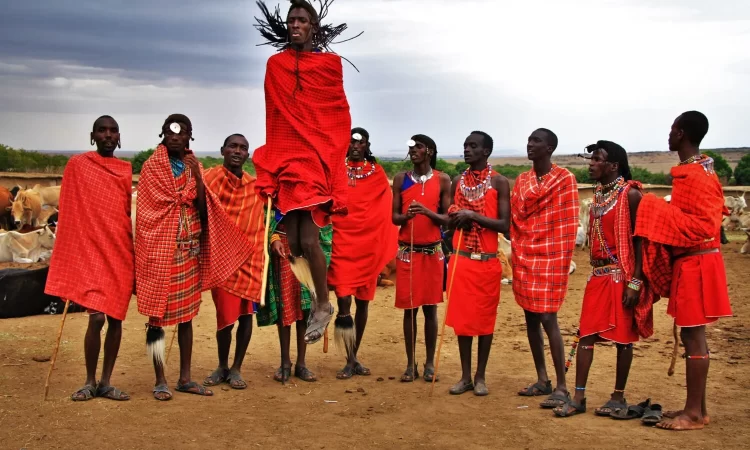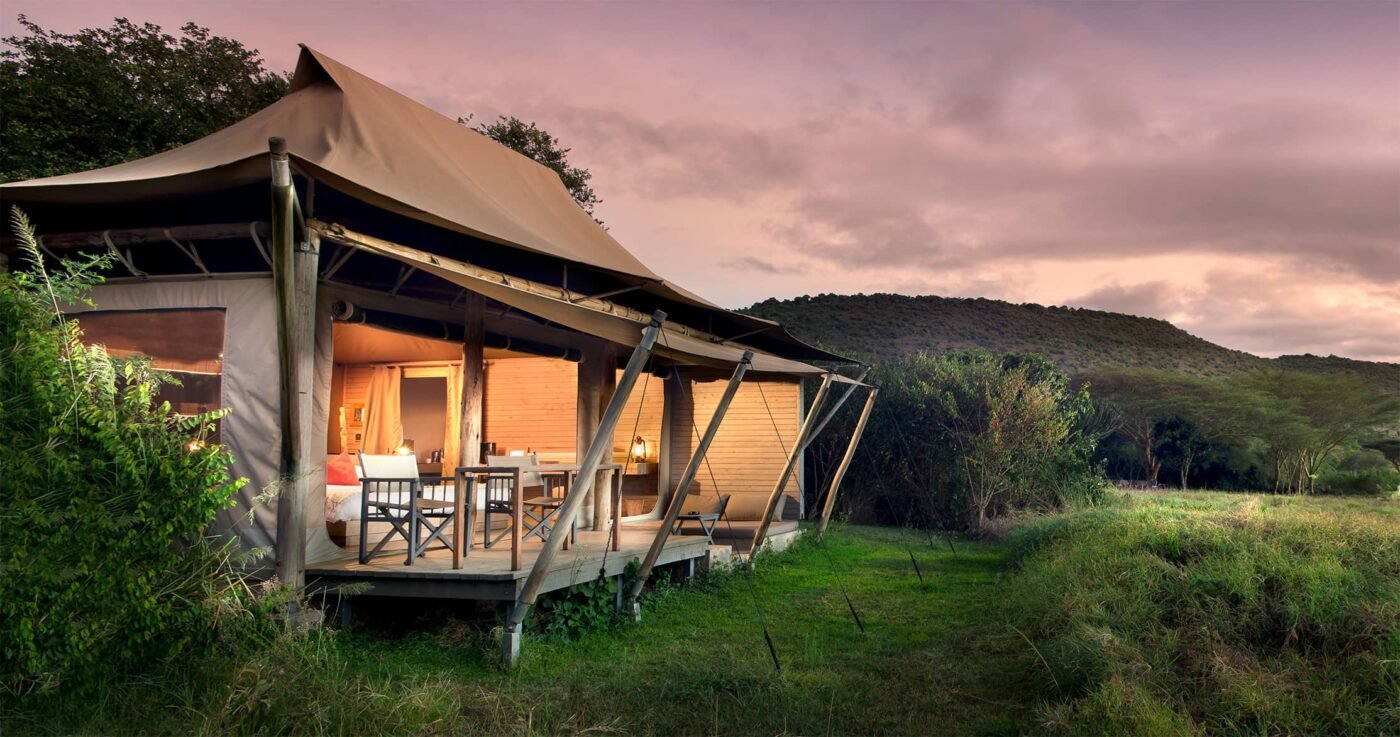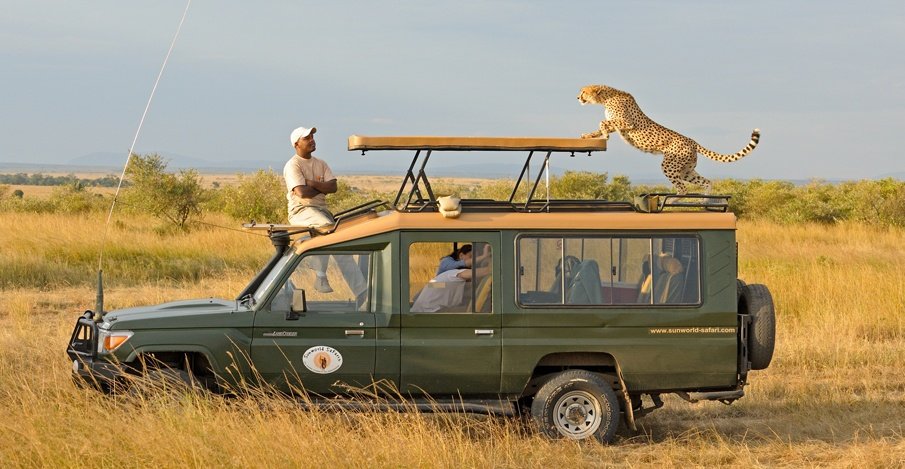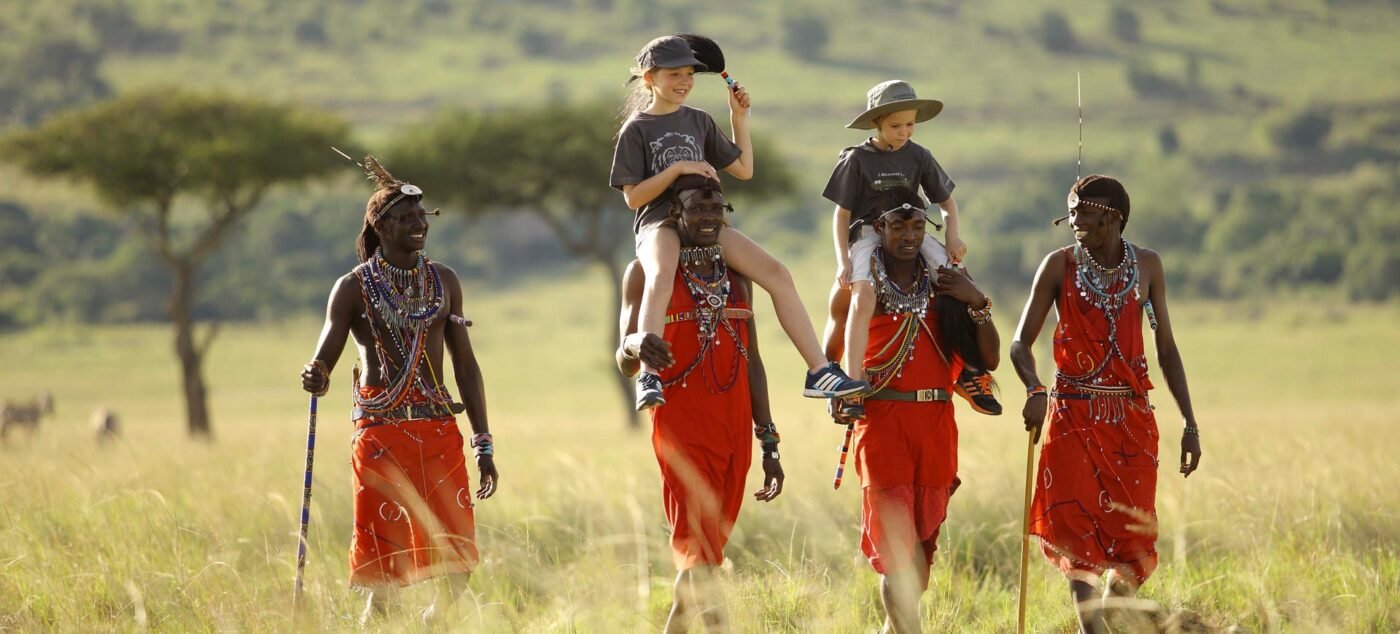Introduction
The Maasai Mara National Reserve, located in southwestern Kenya, is famous for its stunning landscapes, diverse wildlife, and rich cultural heritage. Named after the Maasai people, who have lived here for centuries, the Mara is a significant ecological and cultural treasure. This blog explores the beauty and wonder of the Maasai Mara, highlighting its unique wildlife, the vibrant culture of the Maasai community, and the importance of conservation efforts.
Geography of Maasai Mara
Location and Size
The Maasai Mara National Reserve spans approximately 1,510 square kilometers (583 square miles) and is part of the larger Maasai ecosystem, which includes Tanzania’s Serengeti National Park. The reserve features rolling grasslands, acacia woodlands, and riverine forests, providing a diverse habitat that supports a wide range of flora and fauna.
Climate
The climate in the Reserve is generally mild, with two main rainy seasons. The long rains occur from March to May, while the short rains fall between November and December. The dry season, especially from June to October, offers excellent opportunities for wildlife viewing as animals gather around water sources.
Ecosystem Diversity
The Maasai Mara boasts a variety of ecosystems, from savannahs to riverine forests. This diversity supports numerous species of plants and animals, making it one of the most important wildlife habitats in Africa. The Mara River, flowing through the reserve, is crucial for wildlife, providing water and sustenance, especially during dry spells.
Wildlife of Maasai Mara
Big Five and More
The Reserve is known for its “Big Five”—lion, elephant, buffalo, leopard, and rhinoceros. Originally coined by hunters, this term now symbolizes the incredible wildlife viewing opportunities available to visitors.
Lions
The Mara has a healthy lion population, with prides often spotted in the grasslands. These social animals live in groups led by a dominant male. Visitors can witness dramatic hunts, playful cubs, and the intricate dynamics of pride life.
Elephants
The reserve is a sanctuary for African elephants, which roam freely in search of food and water. The sight of elephants grazing or bathing in the Mara River is a highlight for many visitors. Known for their intelligence and strong social bonds, elephants often travel in family groups led by matriarchs.
Leopards
Leopards are elusive and solitary creatures, making them a prized sighting for wildlife enthusiasts. The Maasai Mara provides a suitable habitat for leopards, with trees for climbing and dense vegetation for hiding. Spotting a leopard resting on a branch or stalking prey is a thrilling experience.
Other Wildlife
In addition to the Big Five, the National Reserve hosts a variety of wildlife, including cheetahs, giraffes, zebras, wildebeests, and various antelope species. The Great Migration, one of nature’s most spectacular events, occurs annually as millions of wildebeests and zebras migrate from the Serengeti in search of greener pastures in the Mara.
Birdlife
The Maasai Mara is a paradise for birdwatchers, with over 500 recorded species. From the colorful lilac-breasted roller to the majestic African fish eagle, the diversity of birdlife is astounding. The reserve’s varied habitats provide ideal conditions for both resident and migratory birds.
Maasai Culture
The Maasai People
The Maasai are a semi-nomadic ethnic group known for their distinctive customs, dress, and traditional lifestyles. They have inhabited the Maasai Mara region for centuries, preserving their rich cultural heritage while adapting to modernity.
Traditional Lifestyle
Traditionally, the Maasai are pastoralists, relying on cattle herding for their livelihood. Cattle hold significant cultural and economic value, symbolizing wealth and social status. The Maasai also engage in farming, growing crops like maize and beans.
Dress and Adornments
Maasai culture is characterized by vibrant clothing. Men often wear a shúkà (a red or checked cloth), while women don colorful beadwork and skirts. Beads play a crucial role in Maasai identity, with different colors and designs representing social and marital statuses.
Social Structure
Maasai society is organized into clans, each with its own traditions. Elders hold significant roles in decision-making, while age sets determine social responsibilities and roles within the community.
Cultural Practices and Ceremonies
The Maasai have a rich cultural heritage celebrated through various rituals and ceremonies. One notable event is the “Eunoto,” a coming-of-age ceremony for young warriors. This ceremony marks the transition from adolescence to adulthood and involves traditional practices, songs, and dances.
Community Engagement and Tourism
With the rise of eco-tourism, many Maasai communities have embraced tourism as a livelihood. By offering cultural experiences and guided tours, the Maasai share their rich heritage while benefiting economically. This engagement fosters mutual understanding between the Maasai and tourists, promoting cultural exchange and respect.

Conservation Efforts in Maasai Mara
The Importance of Conservation
The Maasai Mara faces challenges, including habitat loss, human-wildlife conflict, and climate change. Conservation efforts are crucial for preserving this unique ecosystem and ensuring the survival of its wildlife.
Protected Areas
The Maasai Mara National Reserve is a protected area established to conserve wildlife and their habitats. Surrounding conservancies also play a vital role in conservation efforts, collaborating with local communities to promote sustainable land use practices and protect wildlife.
Community-Based Conservation
Community-based conservation initiatives involve local Maasai in protecting wildlife and habitats. These programs provide education, resources, and incentives for communities to coexist peacefully with wildlife, reducing conflicts and fostering stewardship.
Anti-Poaching Initiatives
Poaching remains a significant threat to wildlife in the National Reserve. Anti-poaching initiatives train rangers and use technology to monitor and protect wildlife populations. Collaboration with local communities is essential to combat poaching and promote conservation.
Eco-Tourism and Sustainable Practices
Eco-tourism is vital for funding conservation efforts in the Maasai Mara. By choosing eco-friendly lodges and responsible tour operators, visitors contribute to the preservation of this unique ecosystem while benefiting local communities.
Visiting Maasai Mara
Getting There
The Maasai Mara is accessible by road and air. Visitors can drive from Nairobi (approximately 5-6 hours) or take a short domestic flight to one of the reserve’s airstrips. The scenic drive offers stunning views of the Kenyan countryside.
Accommodation
The Maasai Mara offers a variety of accommodations, from luxury lodges to budget campsites. Many lodges provide all-inclusive packages, including meals, guided game drives, and cultural experiences. Staying in a lodge or camp allows visitors to immerse themselves in the Mara’s natural beauty.
Activities and Experiences
Visitors can enjoy various activities in the Maasai Mara, including:
- Game Drives: Guided game drives provide opportunities to see wildlife up close, with experienced guides sharing insights into animal behavior and ecology.
- Hot Air Balloon Safaris: For a unique perspective, hot air balloon rides at dawn allow visitors to glide over the savannah and witness breathtaking landscapes.
- Cultural Visits: Engaging with local Maasai communities offers insights into their way of life, traditions, and customs. Visitors can participate in traditional dances and purchase handmade crafts.
- Nature Walks: Guided walking safaris let visitors explore the reserve on foot, observing smaller wildlife and learning about the ecosystem’s intricacies.
Best Time to Visit
The best time to visit the Maasai Mara for wildlife viewing is during the dry season, from June to October, coinciding with the Great Migration. However, the reserve offers unique experiences year-round, with diverse wildlife sightings and cultural interactions.
Conclusion
The Maasai Mara is a cultural and wildlife haven, providing visitors with a unique opportunity to experience the beauty of nature and the richness of Maasai culture. From stunning landscapes and diverse wildlife to the vibrant traditions of the Maasai people, the Mara captivates all who visit.
As we explore and appreciate the wonders of the Maasai Mara, it’s essential to recognize the importance of conservation and sustainable tourism. By supporting local communities and promoting eco-friendly practices, we can ensure that this incredible region remains a haven for wildlife and a cultural treasure for generations to come.
Whether you’re an adventurous traveler seeking wildlife encounters or a cultural enthusiast eager to learn about the Maasai way of life, the Maasai Mara promises an unforgettable experience. Embark on a journey to this remarkable destination and discover the magic that lies within the heart of Africa.
FAQs about Maasai Mara
1. Where is Maasai Mara located?
Maasai Mara is located in southwestern Kenya, near the border with Tanzania.
2. What is the best time to visit Maasai Mara?
The best time for wildlife viewing is during the dry season, from June to October, coinciding with the Great Migration.
3. What wildlife can I see in Maasai Mara?
You can see the Big Five (lion, elephant, buffalo, leopard, and rhinoceros) and many other animals, including wildebeests, zebras, and various bird species.
4. How can I get to Maasai Mara?
You can drive from Nairobi or take a domestic flight to one of the airstrips within the reserve.
5. Are there accommodation options in Maasai Mara?
Yes, It offers a variety of accommodation options, including luxury lodges and budget campsites.
6. Can I visit Maasai communities?
Yes, many lodges and tour operators offer cultural experiences, allowing you to engage with local Maasai communities.
7. What activities can I do in Maasai Mara?
Activities include game drives, hot air balloon safaris, cultural visits, and nature walks. walks.



